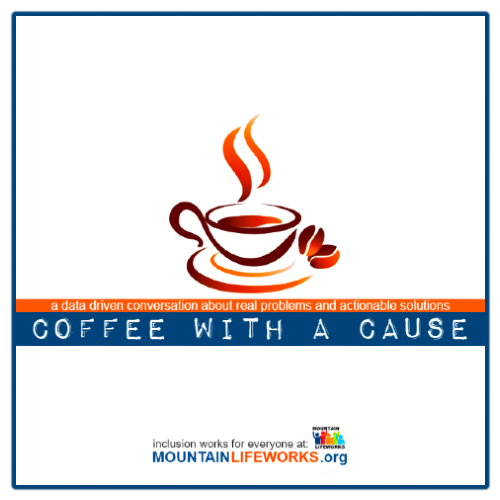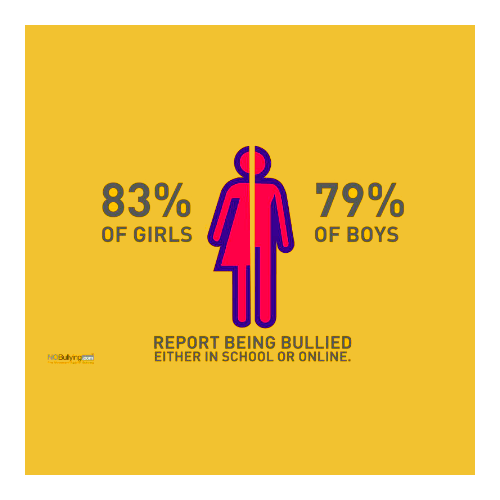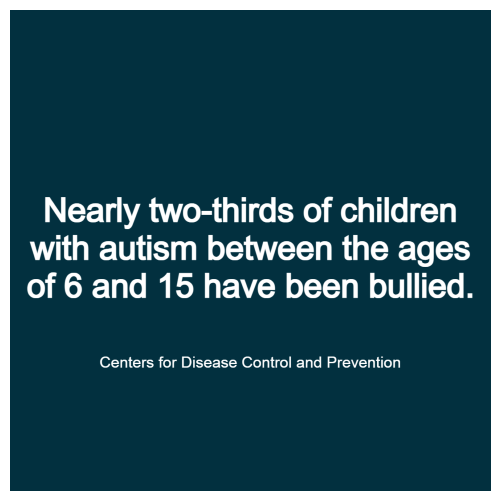
AUGUST 2024 back to school
Back to School is not always as easy as get supplies and wait until the first day of school. For many students, especially those on IEPs bullying doesn't wait until three months into the school to start. Often bullying begins at the bus stop, on the bus on campus and continues off campus via social media apps etc. But that's not the only challenge. Students with IEPs have to get used to new transportation, SLP and other professionals and schedules while professionals need time to get to know each student and their needs. This can slow progress and complicate adapting to new schedules for those who rely on routines.
Bullying and mental health conditions are not
exclusive to students with disabilities and IEPs.
Bullying affects everyone - those who are bullied, those who bully,
and those who witness bullying. Bullying is linked to many negative
outcomes including impacts on mental health, substance use, and
suicide.
COE - Students With Disabilities (ed.gov)
Individuals with Disabilities Education Act (IDEA)

Coffee with a Cause august 2024
MOUNTAIN LIFEWORKS believes in accountable systems with checks and balances to ensure no student is victimized, left out or left behind. Parents, teachers and communities must be able to trust institutions, administrators and policy makers to protect fundamental human and civil rights before personal agendas, flawed policies and under-performing systems. Public-private partnerships expand access to qualified expertise while adding more options and transparency at the same time. This is how we help connect people and professionals to improve outcomes.
+ 19% of students in grades 9–12 report being bullied on school property
+ 15 % students who reported being bullied at
school were bullied online or by text.
Bullying Disabilities and Special Health Needs
Bullying Race, Ethnicity, and National Origin

Coffee with a Cause august 2024
Special considerations are needed when addressing bullying in youth with disabilities. There are resources to help kids with disabilities who are bullied or who bully others. Youth with disabilities often have Individualized Education Programs (IEPs) or Section 504 plans that can be useful in crafting specialized approaches for preventing and responding to bullying. These plans can provide additional services that may be necessary. Additionally, civil rights laws protect students with disabilities against harassment.
Failing to address bullying and mental health conditions often means these challenges will follow individuals from school into the workplace. In small communities being the victim of bullying at school often only ensures a lifetime of labels and bullying by local employers you went to school with. Many times those with mental health conditions or neurodiversity are misdiagnosed by untrained agencies or their employers. This leads to misunderstanding symptoms as someone just being angry or having a bad attitude. This lack of awareness adds to stigma, depression, unemployment and worse.
Federal Laws | StopBullying.gov
Remember a balanced approach uses verified data to identify problems and to propose actionable solutions. Only those willing to have difficult conversations can solve difficult problems. The first step to solving any problem is accepting the data indicating a problem... not blaming the messenger or method of delivery.
So join us for Coffee with a Cause and let's keep the conversation going each month with more data and actionable real life solutions!